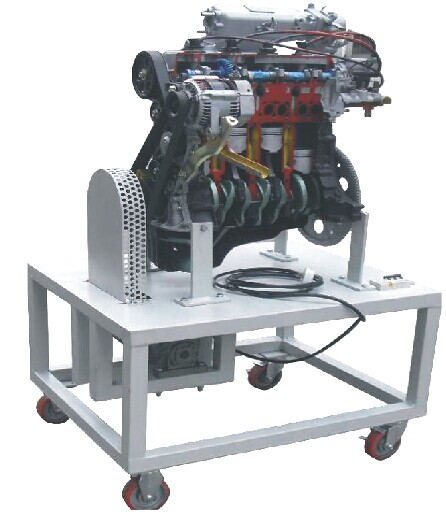1. When the engine fails first, outside and then inside, check the possible faulty parts other than the electronic control system first. This can avoid a fault that is not related to the electronic control system, but the system’s sensors, computers, actuators, and wiring are complicated and time-consuming and laborious. That is, the real fault may be easier to find but not found.
2. The possible faulty parts that can be checked in a simple way should be checked first. For example, intuitive diagnosis is the simplest. We can quickly find out some of the more obvious faults using visual inspection methods such as watching, touching, and listening. When the visual diagnosis fails to find out the fault, and the diagnosis needs to be carried out with the help of instruments or other special tools, the ones that are easier to check should also be checked first.
3. Become first and then be born. Due to the structure and use environment, a certain failure phenomenon of the engine may be the most common failure of certain assemblies or components. These common failure locations should be checked first. If the fault is not found, check other uncommon possible fault locations. In this way, the fault can often be found quickly, saving time and effort.
4. Code priority electronic control systems generally have fault self-diagnosis functions. When the electronically controlled engine is running, after the fault self-diagnosis system detects the fault, it will store the fault in the memory of the computer in the form of code, and at the same time, alert the driver through warning lights such as "test engine". At this time, the fault code can be read manually or with an instrument, and the fault location pointed to by the fault code can be checked and eliminated. After the fault indicated by the fault code is eliminated, if the engine fault phenomenon has not been eliminated, or there is no fault code output at the beginning, check the possible faulty parts of the engine again.
5. Think first before proceeding. First analyze the failure phenomenon of the engine to understand the possible causes of the failure, and then perform the failure inspection. This can avoid the blindness of the fault inspection: it will not make invalid inspections on parts that have nothing to do with the fault phenomenon, but also avoid missing inspections on some related parts and failing to quickly eliminate the fault.
6. The performance of some parts of the electronic control system is good or bad. Whether the electrical circuit is normal or not is often judged by parameters such as its voltage or resistance. If there is no such data, it will be very difficult to check the failure of the system, and often it can only be replaced by new parts. These methods sometimes cause a surge in maintenance costs and time-consuming maintenance. Therefore, when repairing this type of vehicle, the relevant repair data of the repaired model should be prepared.
In addition to collecting and sorting out these maintenance data from maintenance manuals and professional books and periodicals, another effective way is to use trouble-free vehicles to measure the relevant parameters of their systems and record them as comparison parameters for future maintenance of the same type of vehicles. If you usually pay attention to this work, it will bring convenience to the system's fault inspection.
Piston Ring Crankshaft :www.alibaba.com/product-detail/hot-selling-marine-spare-parts-for_1600133055961.html
Crankshaft :www.alibaba.com/product-detail/cast-iron-Engine-crankshaft-D2366-crankshaft_1600129651293.html
Timing chain kit :www.alibaba.com/product-detail/Timing-chain-kit-used-for-Opel_763812154.html
